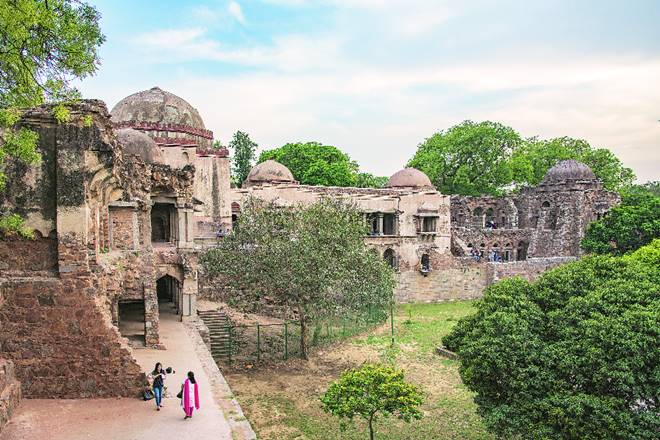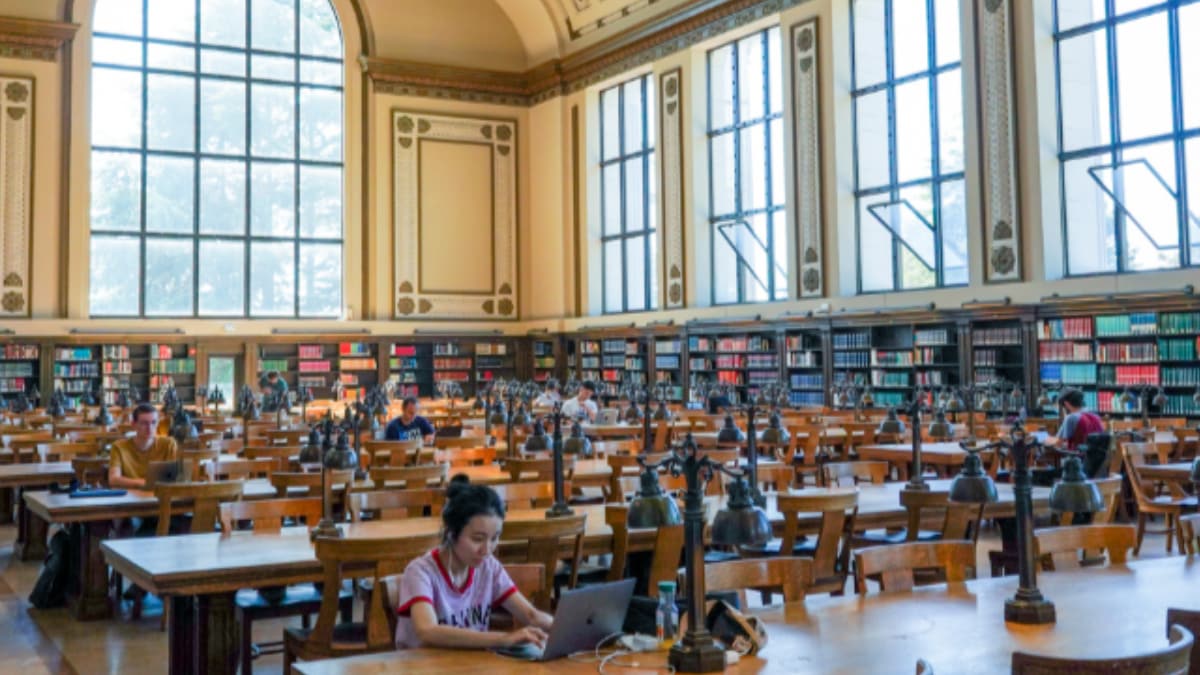Historian and author Rana Safvi believes it was not her who chose Delhi as a subject to write on, but the other way around. In her book, The Forgotten Cities of Delhi, she presents Delhi not just as a critical element of history, but as history itself. In a conversation with Gaurab Dasgupta, Safvi talks about the apathy of the city’s populace towards its heritage and how children can be the guardians of history. Edited excerpts:
Where is the trilogy, Where Stones Speak, headed?
The trilogy is headed towards 1857, as it’s going to end in Shahjahanabad. The next book is almost 80% complete. It’s the story of Shahjahanabad and parts of New Delhi. At the most, I might take it to the end of the 19th century. Currently, I have stopped it at 1857… I am thinking whether to take it to 1919 or not.
What’s the historical narrative you are trying to establish?
We talk so much about the clash of civilisations today in India. If you see this book, then the lotus (referring to the lotus in Hindu mythology) first came into bloom in Delhi under the Lodis. So, it’s then when you see the lotus on top of a tomb or mosque. The Jama Masjid has a lotus on top of it. The kamal (lotus) is seen in the architecture of the Mughals… the Lodis and the Tughlaqs. It came into existence during the Tughlaqs, bloomed during the Lodis and reached its peak during the Mughals. If you go to the Lodi Gardens, you’ll find it on a tomb, mosque or gate. You go to Atgah Khan’s tomb in Hazrat Nizamuddin basti, the entire walls of the tomb have swastikas. It was an amalgamation of the people living there… a shared culture. If it was a Muslim architect, the artisans were Hindu. Once they were given the go ahead, nobody told them not to build a kalash. If you look at the mehrab in the Jamali Kamali mosque and tomb in Mehrauli, you’ll see a kalash, a coconut and Allah written in between. I am often told that I am trying to force or change a narrative, but this is how it was. People were always happily living together. The change came with the British… Religious rivalry began with their reign. Earlier, we used to visit each other on Diwali and Eid… Now, all we do is quarrel.
Which parts of Delhi have had the most influence on the city?
The Hazrat Nizamuddin basti, with Humayun’s Tomb, and the Purana Qila have had a major influence on Delhi. This is the heart of Delhi… There’s a saying: “Delhi baayees khwajaon ki chukhat hain” (22 saints are buried in this city). Of these, I have listed some in the book as well. Among these is Hazrat Nizamuddin. As long as he is there, Delhi has the blessings. A lot of people consider Old Delhi to be the heart, but it’s the Hazrat Nizamuddin dargah that’s the heart of the city. Everyone comes to this place whether they are Hindu or Muslim, rich or poor. You are equal in front of a saint who always thought service is before self.
How important is it to understand history by experiencing the essence of the place?
It’s extremely important. In school, we used to enact scenes from historical events, so that they would stay in the mind. If you just read about it, it doesn’t. So my role is to act as a bridge between academic writing and popular storywriting. I am not an academician, but I like to tell stories, so that people can consider themselves a part of the story and history as well.
How has urbanisation changed people’s perspective towards Delhi’s history?
People today don’t see the ruins. For them, only the swanky and tall buildings matter. Ruins are seen as picnic spots or quiet places for couples to spend time in. Of all the people who go there, only 20-30% consider it a monument or part of history.
What needs to be done to bring people closer to their history and its importance?
The government’s ‘Adopt a Heritage’ scheme shouldn’t be for corporates, but for schools. Schools should adopt the nearest monument or ruin and they should make programmes around it. Let the children go there, become guides for visitors, make booklets, quizzes, etc. So it’s they who look after it, they guide the people. They are the future, so let them be a part of it.








